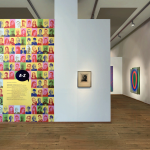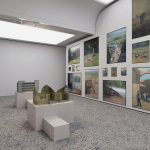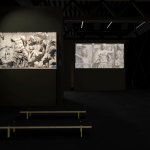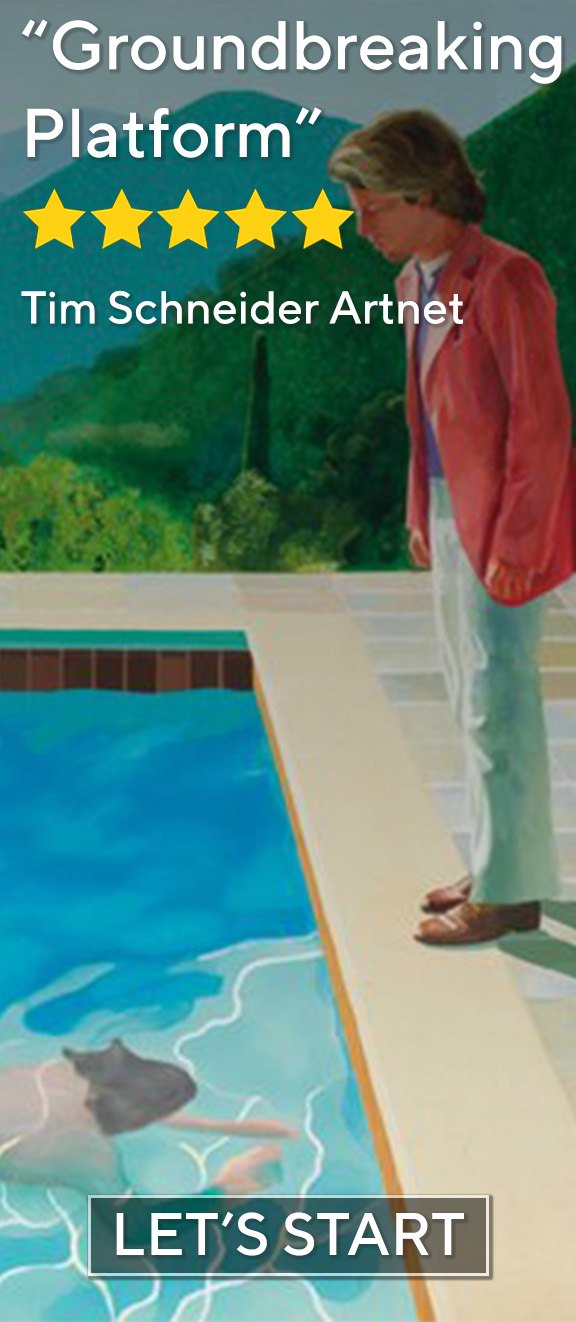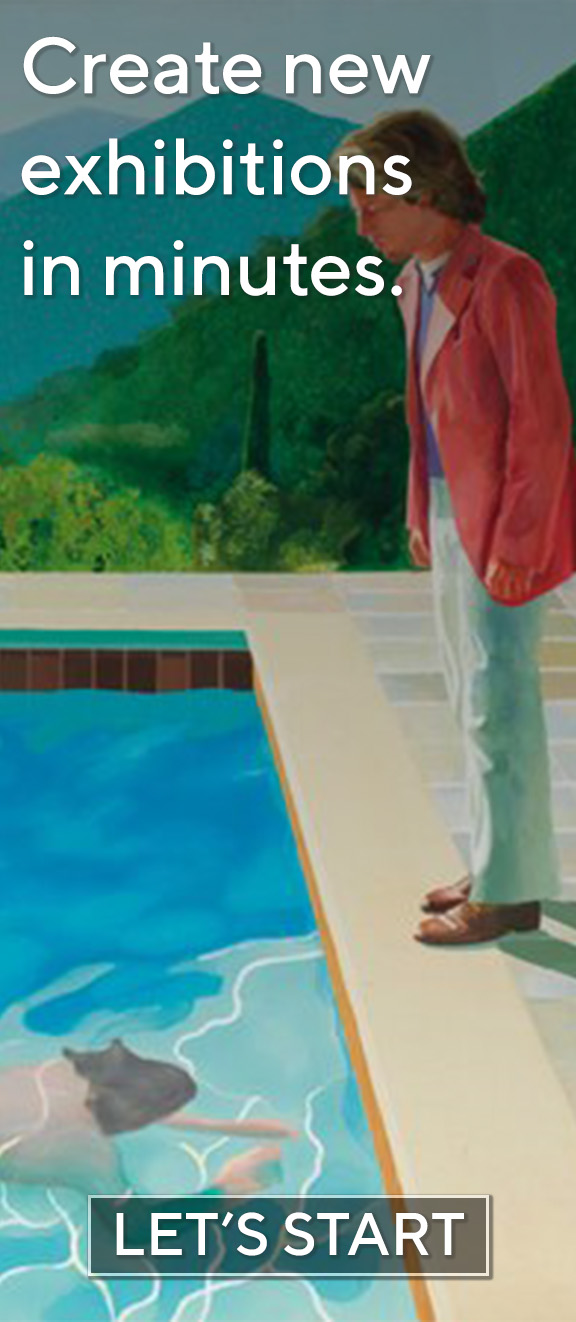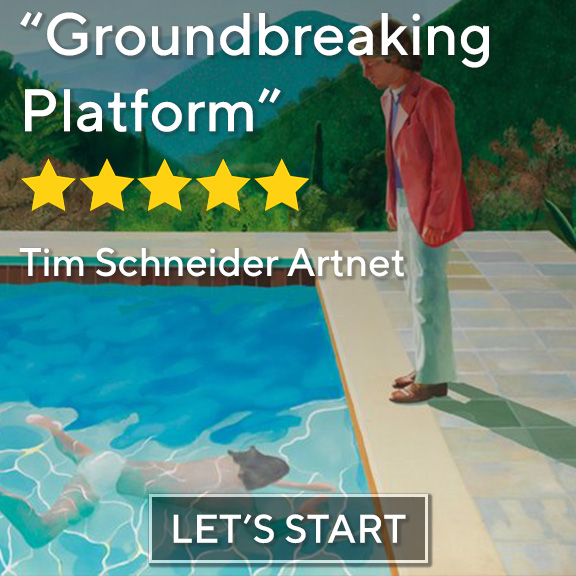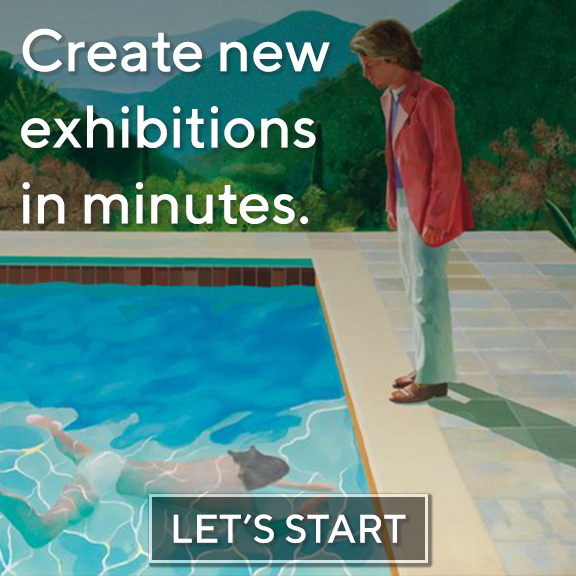“In the First Person” by Andrzej Wróblewski was on view from April 20th to November 24th, 2024 at Procuratie Vecchie, Italy.
“We want our paintings hanging in the common room or in the hall, to lift the spirits with their clarity, help in the daily toil with their colorfulness.” These words from Andrzej Wróblewski himself reveal his desire for art to be both emotionally resonant and socially embedded. The exhibition “In the First Person” , hosted by the Museum of Modern Art in Warsaw in 2015, captures this ethos while also exposing the deeper tensions that defined Wróblewski’s work—between abstraction and figuration, intimacy and alienation, memory and modernity.
The curation, led by Ania Muszyńska, positions Wróblewski not just as a painter but as a cultural witness. His canvases are arranged to reflect personal and collective experiences, particularly during post-war Poland, where artistic freedom was constrained yet deeply expressive. Through intimate portraits, abstract compositions, and symbolic figures, the show invites viewers into Wróblewski’s world—one marked by emotional intensity and philosophical inquiry.
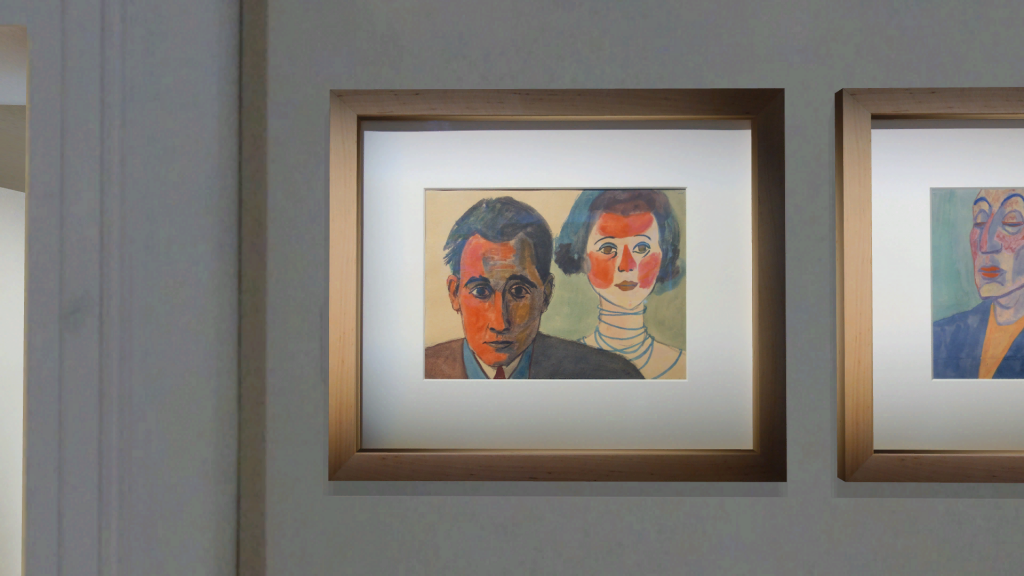
Wróblewski’s artistic evolution is marked by a constant oscillation between geometric abstraction and figurative expressionism. In works such as “He and She [Figural Composition no. 869]” , he merges human forms with abstract structures, creating visual dialogues that feel both intimate and universal. His use of line, shape, and muted color palettes evokes emotional states without resorting to literal representation.
“A clear and unambiguous image not in spite of, but thanks to the discipline of abstraction, which determined its shape and meaning.” This statement encapsulates Wróblewski’s belief in abstraction not as an escape from reality, but as a way to distill it to its essence. His compositions often balance stylized geometry with subtle hints of narrative, inviting viewers to read between the lines.
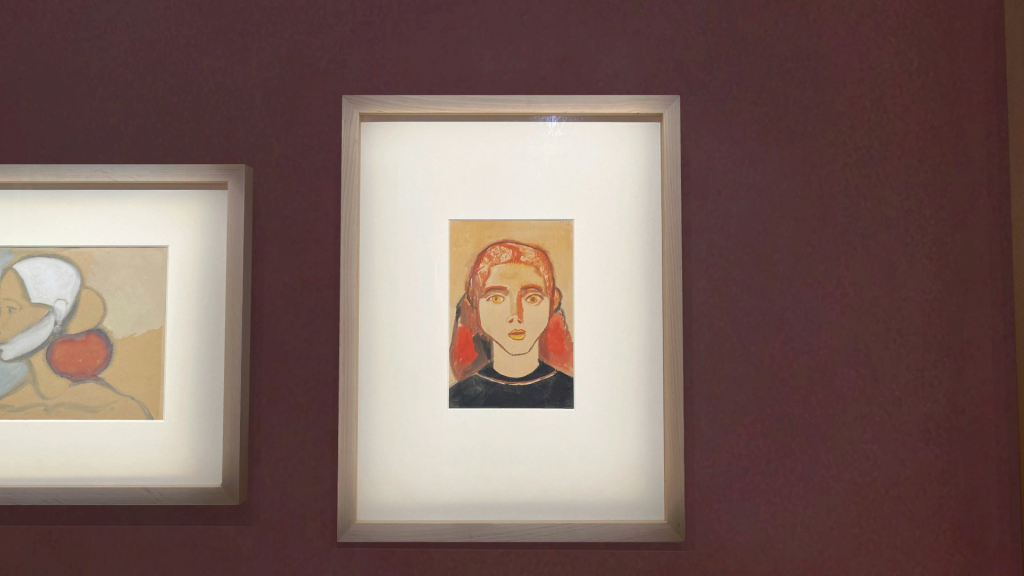
One of the most compelling aspects of “In the First Person” is its focus on portraiture. Wróblewski painted friends, family members, and lovers with a raw honesty that transcended aesthetic trends. His wife Teresa appears repeatedly, sometimes in tender repose, other times as a symbol of resilience. In Teresa and Kitek, Figural Composition no. 549 , she cradles their son amidst a backdrop of fractured lines and shadowy tones—a metaphor for both maternal warmth and societal instability.
His portraits often emphasize eyes, hands, and posture, capturing fleeting moments of thought or tension. Even in more stylized pieces like “Head of a Girl [Head of a Girl no.1028]” , there is a deep psychological presence conveyed through simple gestures and tonal contrasts.
“The specter of the ‘dead point’ looms over us all.” This haunting phrase reflects the existential undertone that runs through many of his portraits—figures caught between hope and despair

Wróblewski did not shy away from the political realities of his time. Works like Chauffeur or The Dead confront themes of isolation, surveillance, and mortality. In “Chauffeur” , the lone driver gazes forward with a stoic determination, surrounded by an abstract background that suggests both movement and entrapment. It is a quiet meditation on autonomy and control.
The series Executions remains one of his most disturbing yet profound contributions. Influenced by Goya and Manet, these paintings depict faceless victims and anonymous executioners, echoing the brutality of war and authoritarianism. The pale blue tones evoke a sense of cold detachment, contrasting sharply with the visceral horror of the subject matter.
“It is pale blue cold like a corpse, it is the color of death covering the painting with bluish spots.” This chilling description captures the emotional weight of his darker works.
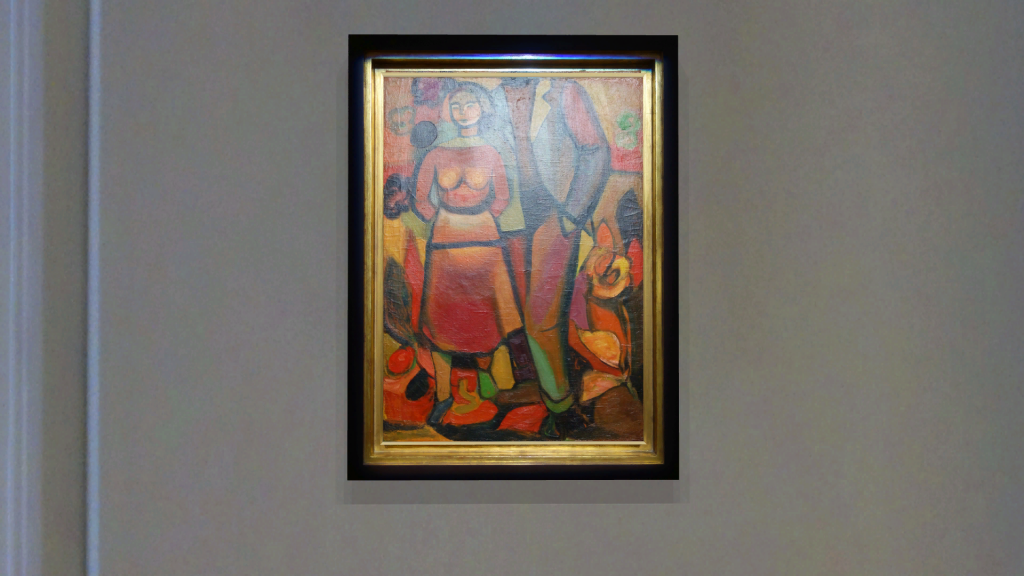
“Lovers’ Walk” (1956) captures a quiet, intimate moment set against a fragmented and emotionally charged landscape. Rendered in gouache on paper, the piece portrays two figures walking side by side, their postures relaxed yet slightly detached. Wróblewski’s use of simplified forms and muted color tones evokes a sense of introspection, suggesting both connection and distance. The composition balances abstraction with figuration, allowing the viewer to project personal emotions onto the scene. Rather than depicting a romanticized vision of love, the work reflects the psychological complexity of human relationships in post-war Poland—a theme that runs deeply through Wróblewski’s oeuvre.
“Because I am unhappy, I am concerned with the problems of Socialist Realism.” This candid admission reveals the inner conflict that fueled his creative process.
Though Wróblewski’s life was cut short—he died suddenly at age 37—his body of work continues to resonate. His unique synthesis of abstraction and emotional realism, coupled with a deep engagement with social and philosophical questions, places him among the most significant European artists of the mid-20th century. “In the First Person” not only honors his legacy but also repositions him within contemporary conversations about identity, trauma, and the role of the artist in society.
The exhibition reminds us that Wróblewski’s gaze was never detached—it was always searching, questioning, feeling. His art speaks across time, urging us to look inward even as we navigate the chaos of the world around us


